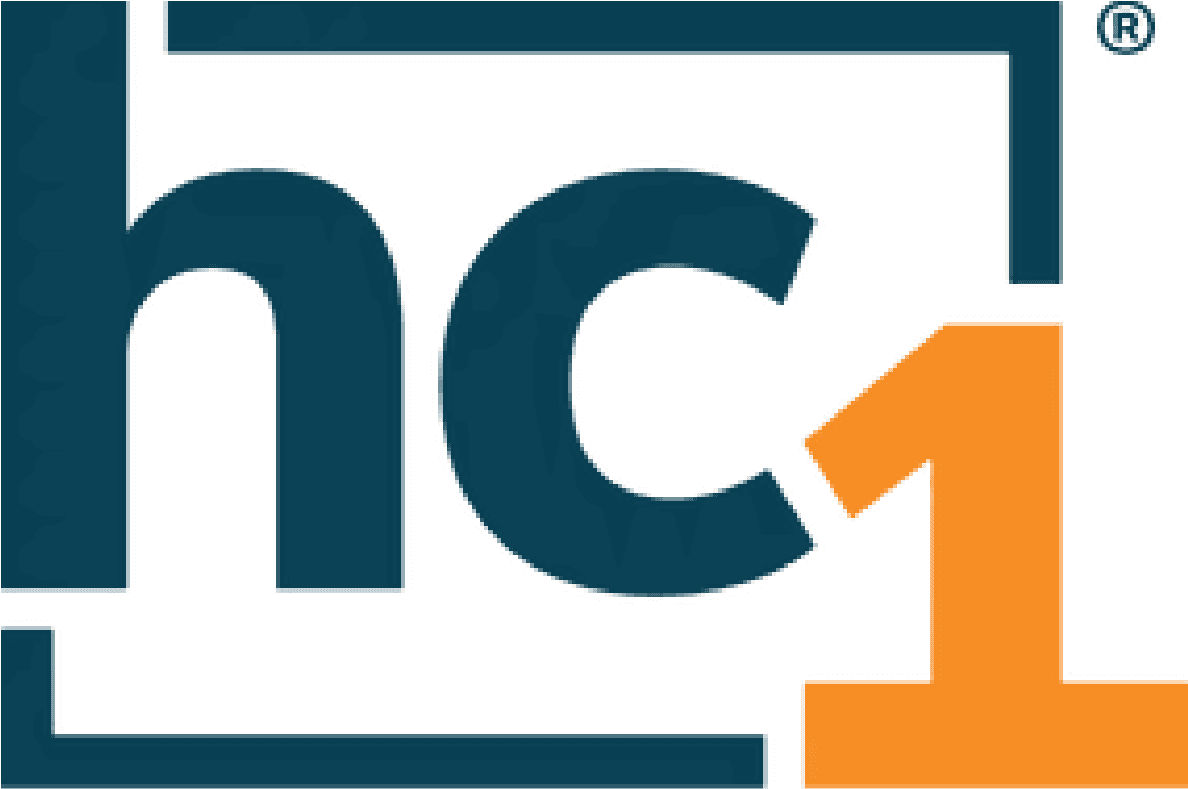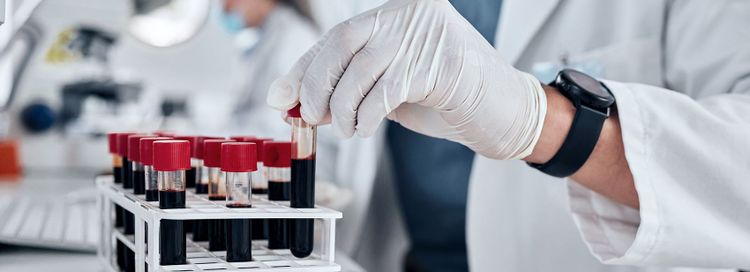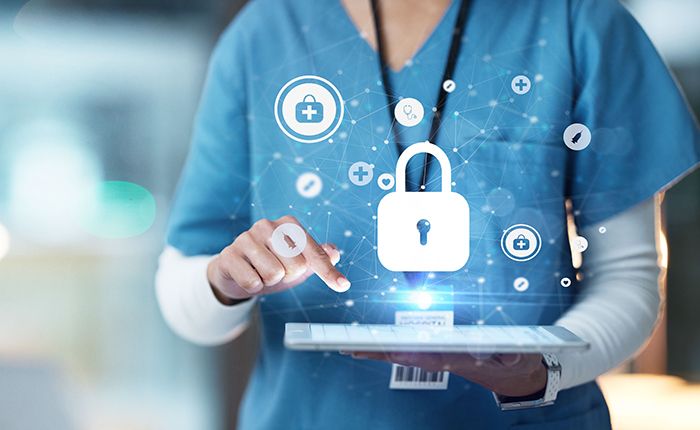August 19, 2022
A male family member of mine recently underwent a heart catheterization procedure at a reputable hospital. The surgeon, a well-regarded specialist in the field, inserted two stents to reverse 95% and 80% blockages in two respective arteries. Post-procedure he was cleared to return home. Though feeling completely better varies between each patient, he wasn’t feeling any better after a week, two weeks or a month post-procedure. This began a journey through the labyrinth of miscommunication between health systems, between providers and health system departments, between providers and ultimately between provider and patient.
Sadly, this isn’t an uncommon scenario. Health systems have been struggling to achieve better access to data and enhanced communication between departments, providers and patients for many years, and the problem is increasing. According to an article published by Fierce Healthcare, only 4 in 10 health systems can successfully share data with other health systems. With the number of health service options available to individuals in the United States, one can receive basic health care services at a local CVS, Walgreens, Meijer, local med centers and preferred providers and community hospitals. But what about the patient’s records? Information about what a person has been treated for and medications prescribed? It’s all scattered in various locations that don’t always connect or communicate with one another, ending up as holes in a patient profile for overall assessment.
As a month turned into six weeks and more, our loved one continued to have shortness of breath and exhaustion. Blood tests, EKGs, CT and MRI were all done, and no information was shared with him from his provider. We had to call and chase down answers and results being shifted from one department to another because records were not easily accessible between locations. Ultimately, we were left to seek additional care from a new health system and heart specialist.
The new provider requested the notes and images from his recent heart catheterization procedure and follow-ups. After contacting the original provider, we were assured that those documents, records and images would be sent to the new provider via a digital portal available for providers to send patient information to one another. After a fruitless period of three weeks and several calls from the new provider, as well as ourselves, to the original health system to find out why the patient records had not been received after we had been told they had been sent, the new provider was left with no option but to conduct a second round of tests, CT scan, MRI and another heart catheterization procedure.
When the surgeon came to consult after the second heart cath, I asked why his office never received records and images from the first health system. The new surgeon expressed frustration over the constant struggle in the sharing of patient information between health systems and even within their health system. Without solicitation, the surgeon went on to say that he and other providers face this daily in their work and that it is an ultimate detriment to patients.
So, what's stalling health system data-sharing? A recent article by Becker’s Hospital Review posed the same question in a thorough Q&A format with the CIO of University of Utah Health, Donna Roach. She said interoperability is the key.
Patient data is already being captured and stored; it’s sitting and waiting to be unlocked and shared to provide highly beneficial information that can save lives and initiate a higher level of patient care. The data is also valuable from a cost perspective. When providers lack full access to patient data, tests may be unnecessarily repeated, resulting in excessive costs to health systems, patients and payers.
The information is housed in data hubs stored within health systems and should be easily accessible. In many healthcare organizations and clinical labs, patients, providers and staff wait for the trickle-down of information and results as the data is untangled from the system. This situation costs valuable time and causes duress to patients waiting to know the next steps in their care. Healthcare shouldn’t be a burden to the patient. Patients shouldn’t have to be the ones to chase information down because health system departments don’t have access to the right tools to communicate with one another.
Our loved one is now doing well. The follow-up care he receives after the second procedure is beneficial in regaining his overall wellness.
I’m proud that hc1 is working to help health systems and labs achieve better workflows, improve communications between departments, and unlock patient data, enabling better quality healthcare for all. You can learn more about what we are working toward at www.hc1.com/platform
___________________________________________________________________________________
Lorri Markum is the marketing manager for hc1 Insights and has over two decades of corporate and nonprofit marketing leadership experience. Lorri specializes in B2B marketing and is SEO Certified. A graduate of Ball State University with a degree in psychology, digital communications and storytelling. For the past 25 years, Lorri has been a professional commercial photographer and photojournalist in the music industry. Before joining hc1 she served as the marketing manager for a nonprofit healthcare organization, serving 40 counties throughout Indiana.












